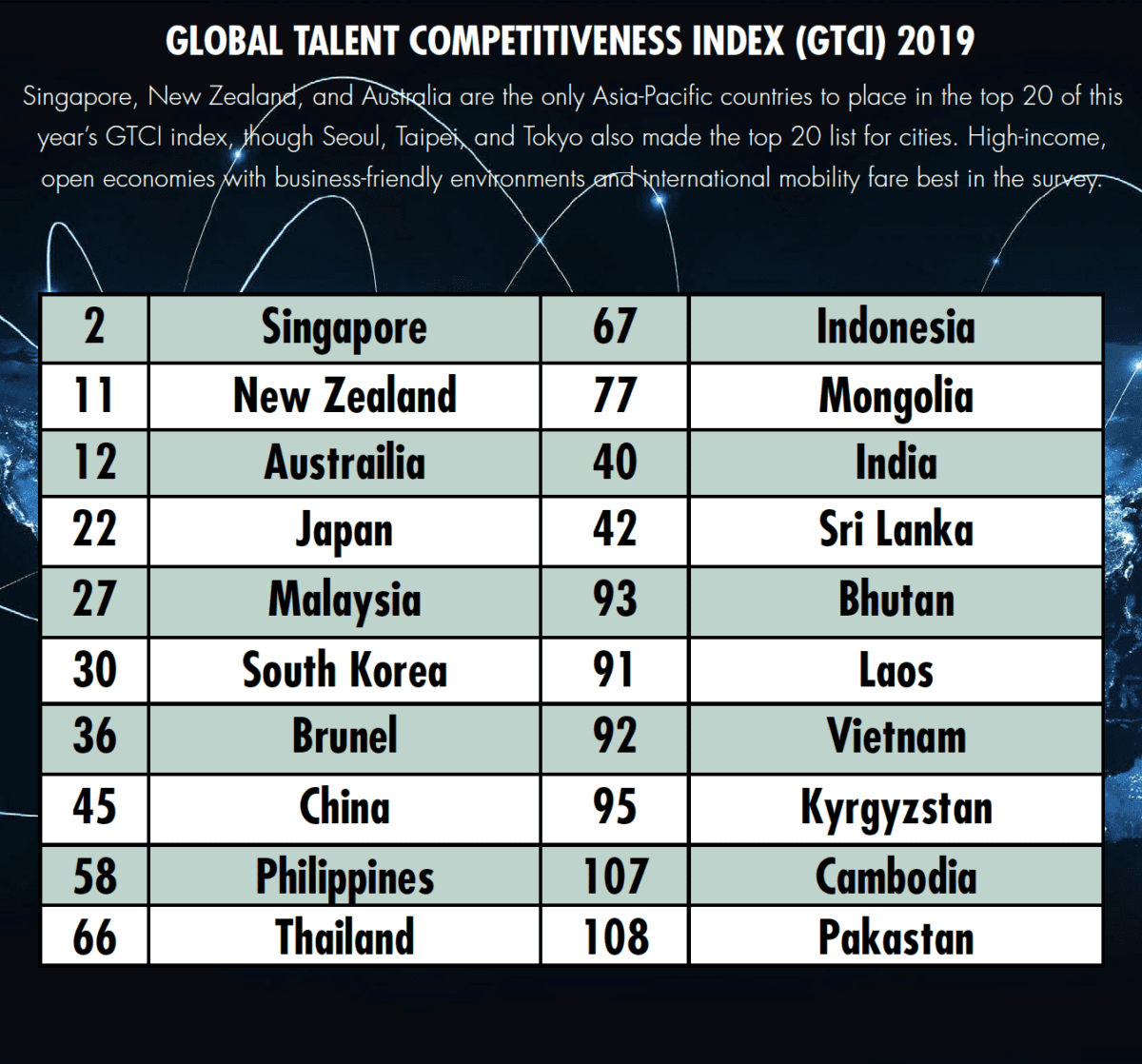Fostering innovation and growth comes down to one thing: culture.
By Michael Switow
Guest lecturers in a Singapore classroom -it doesn’t matter if it’s a secondary school or tertiary institution, a large assembly or a small group -will find that hands are often slow to rise when it’s time to ask questions. The same is true in Hong Kong and other parts of Asia.
“When children are growing up, your parents basically tell you, ‘Don’t speak up. Don’t make mistakes. If you speak up, there’s a chance of making a mistake,'” explains Ian Lee, the Asia-Pacific CEO of The Adecco Group. “This is true in much of Asia, especially in places where Chinese culture is deeply rooted.”
This same culture can extend to the workplace, stunting growth and innovation.
“You actually create an environment where you inhibit creativity,” says Lee, who has spent most of his career over the past 25-plus years in China, Singapore, and Taiwan. “In traditional companies, this is still pretty widespread.”
What is HR to do? In such cases, Lee suggests that HR leaders encourage corporate executives to increase their self-awareness through training programmes around the soft skill. Fostering creativity is intricately linked to encouraging entrepreneurial talent, which in turn is increasingly sought-after by companies of all sizes to provide an engine for growth.
How valuable is entrepreneurial talent to today’s multinationals? Very, finds this year’s Global Talent Competitiveness Index (GTCI), which was produced by INSEAD in collaboration with The Adecco Group and Tata Communications. The report says that entrepreneurial talent can be a catalyst for growth and innovation within an encouraging environment.
“When you take a look at companies that are highly successful, it’s a double-edged sword,” Anthony Bartolo, chief product officer for Tata Communications, told an audience in Singapore at GTCI‘s Asia launch. “Success prevents an entrepreneurial shift because you try to protect rather than doing something different.”
Whilst it’s a challenge, it still can be fostered. “Typically, we tend to associate larger firms with less entrepreneur talent because as firms grow, they become more bureaucratic, less agile, and less flexible,” adds GTCI Academic Director Felipe Monteiro, who is also an affiliate professor of strategy at INSEAD. “But we also want to emphasise that as much as it can be difficult, it’s not impossible and actually some very large firms are doing it.”
Monteiro points to the Chinese consumer goods manufacturer Haier as an example. This large organisation has taken steps to transform its corporate culture.
Innovation labs have proven to be a successful strategy in the Asia-Pacific region to encourage entrepreneurship within established organisations. Accenture, for example, runs an annual 12-week FinTech innovation lab in Hong Kong. In Singapore, Deutsche Bank leverages an innovation lab on wealth management and Huawei is looking to develop its approach to cloud services and AI through innovation labs.
Meanwhile, The Adecco Group encourages new ideas by playing the role of angel investor for employees who are ready to strike off on their own. Started three years ago, “The Founders Programme” has so far provided financing to several projects, including two freelancing platforms and a soon-to-be-launched blockchain initiative. Initial funding rounds are $10 million to $20 million, on average.
Creating the Right Culture
Encouraging creativity is a crucial component to spur innovation, but it’s not sufficient on its own. Companies also need to create an environment where trying new approaches and not always succeeding is acceptable.
“No one can predict where the next great idea will come from, so learning must be championed and ‘failure’ viewed as a lesson learned,” says Vinod Kumar, CEO and managing director of Tata Communications, in the report.
Examples of famous entrepreneurs who succeeded only after failing first are abundant. The list includes Henry Ford, whose first two attempts to create a car company ended abysmally; LinkedIn cofounder Reid Hoffman, whose first company SocialNet.com never took off the ground; and Sony co-founder Akio Morita who famously invented a rice cooker that burnt rice instead of boiling it.
“It’s important not to get penalised if there is a mistake,” explains Lee, adding that companies also need to create environments where the damage from mistakes can be managed and minimised.
In addition, HR professionals should be careful not to stereotype, thinking that innovation is the domain of engineers or technology departments.
“Entrepreneurship can come from any corner of the organisation,” says Bartolo. “We constantly drive that type of thought process and surprise ourselves where some of these really good ideas come from. We don’t dismiss [an idea] because it comes from the finance department. The key is maintaining an entrepreneurial mindset. If you nurture that, you are always hungry and looking for new ways of doing [things].”
New technologies like 3D printing and artificial intelligence are making experimentation -not to mention the cost of failure -cheaper and faster as well. “Digitalisation, AI, and robotics -these are all enablers” says Lee. “They amplify entrepreneurial talent to your advantage.”














